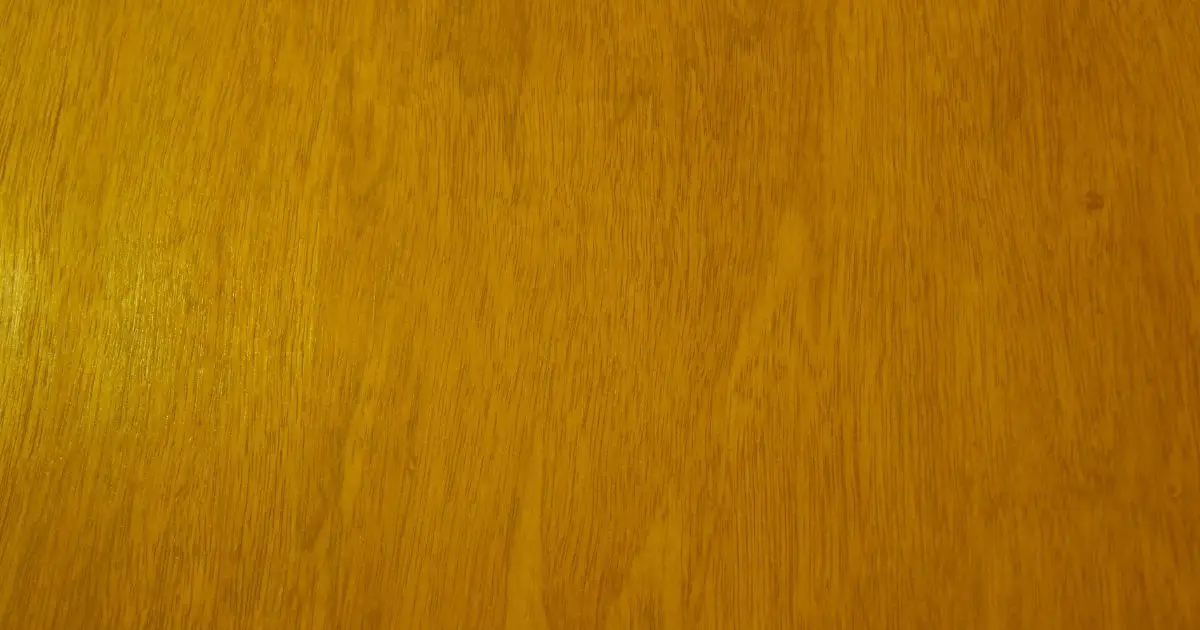Yellow Meranti wood is a tropical hardwood that has gained prominence for its versatility, affordability, and aesthetic qualities. Derived from various species of trees found primarily in Southeast Asia, Yellow Meranti is a favored material for both construction and woodworking projects. Whether you’re a professional carpenter or a DIY enthusiast, understanding this type of wood can help you make informed decisions on your next project.
Origin and Tree Species
Yellow Meranti trees are native to the tropical rainforests of Southeast Asia, particularly in countries like Malaysia, Indonesia, and the Philippines. These regions provide the warm, humid environment essential for the growth of Meranti species.
Botanical Classification
Yellow Meranti belongs to the Shorea genus, which is part of the Dipterocarpaceae family. The Shorea genus is vast, containing over 196 species, many of which are grouped based on wood color, such as Red Meranti, Dark Red Meranti, and Light Red Meranti. Yellow Meranti (Shorea faguetiana) is one of the prominent members of this group, offering unique features that distinguish it from other types.
Characteristics of Yellow Meranti Wood
Color and Appearance
As the name suggests, Yellow Meranti wood typically features a light, golden-yellow hue. However, its color can vary slightly depending on age and the conditions of its growth. Some pieces may show light brown or pale orange undertones. Over time, the wood can darken slightly with exposure to light, developing a rich, warm patina.
Grain and Texture
Yellow Meranti boasts a straight or interlocked grain, making it relatively easy to work with. The texture is medium to coarse, similar to other Meranti species. Its grain structure allows for a smooth finish, making it ideal for furniture and interior design elements.
Density and Hardness
Yellow Meranti is considered a medium-density hardwood, with an average density of around 430 to 580 kg/m³. It is not as dense as some tropical hardwoods but offers a balanced mix of lightness and strength, making it suitable for a wide range of applications.
Durability and Strength
Resistance to Decay
One of the downsides of Yellow Meranti wood is its limited resistance to decay. While it has moderate natural durability, it is not as robust as other tropical hardwoods, particularly when exposed to moisture and insects. As a result, it is generally recommended for indoor applications or in environments where it can be properly sealed and maintained.
Strength Under Different Conditions
Despite its susceptibility to decay, Yellow Meranti wood is moderately strong, particularly in dry environments. It can hold its shape well and performs admirably under stress when properly dried and treated.
Workability of Yellow Meranti Wood
Ease of Cutting and Shaping
Yellow Meranti is relatively easy to machine, making it popular among carpenters and builders. It responds well to sawing and routing, and even intricate cuts are achievable with precision tools.
Nailing, Screwing, and Gluing Properties
Nailing and screwing into Yellow Meranti are generally easy, though pre-drilling might be necessary to avoid splitting, especially in thinner sections. Its gluing properties are excellent, allowing for secure and lasting joints in construction and furniture projects.
Finishing and Surface Treatment
How It Takes Paints and Stains
Yellow Meranti wood accepts stains and finishes well, enabling users to achieve the desired color and sheen. Its light hue allows for a range of finishes, from clear varnish to darker stains that enhance its natural grain patterns.
Polishing and Smoothing
With proper sanding, Yellow Meranti can be polished to a high shine, providing a smooth, even surface ideal for high-quality furniture or decorative applications.
Common Uses of Yellow Meranti Wood
Construction and Building
Yellow Meranti is a popular choice for general construction purposes, particularly in regions where it is readily available. It’s used for beams, planks, and structural components in residential and commercial projects, though it’s usually treated to enhance its longevity.
Furniture and Interior Design
In interior design, Yellow Meranti is prized for its attractive appearance and workability. It’s commonly used for making cabinets, tables, and decorative moldings. Its light color makes it versatile in various design schemes.
Joinery and Veneers
The wood’s consistency and relatively fine texture also make it suitable for veneers and joinery work, where precision and a smooth finish are crucial.
Comparison with Other Types of Meranti Wood
Red Meranti vs Yellow Meranti
While Red Meranti tends to have a reddish-brown color, Yellow Meranti’s lighter hue makes it more desirable for applications that call for a brighter, more neutral aesthetic. Both are similar in density, though Red Meranti may offer slightly better durability in some cases.
Dark Red Meranti vs Yellow Meranti
Dark Red Meranti is known for its superior strength and durability, especially in outdoor settings. In contrast, Yellow Meranti is more affordable and easier to work with, though it requires extra protection when used outdoors.
Conclusion
Yellow Meranti wood is a versatile, cost-effective option for a wide range of applications, from construction to furniture making. Though it has some limitations in terms of durability and insect resistance, proper treatment and maintenance can extend its lifespan. As demand for sustainable materials grows, Yellow Meranti will likely remain a valuable resource in the woodworking and construction industries.
FAQs
Is Yellow Meranti wood suitable for outdoor use?
Yes, but it must be treated with sealants or finishes to protect against moisture and insects.
How does Yellow Meranti compare to Red Meranti?
Yellow Meranti is lighter in color and easier to work with, while Red Meranti is more durable for outdoor use.
Can Yellow Meranti be stained?
Yes, Yellow Meranti takes stains well and can be finished to a smooth, polished surface.
Is Yellow Meranti a sustainable wood?
It can be, especially when sourced from FSC or PEFC-certified forests.
What are the common uses of Yellow Meranti wood?
It’s used for furniture, interior design, general construction, and veneers.

